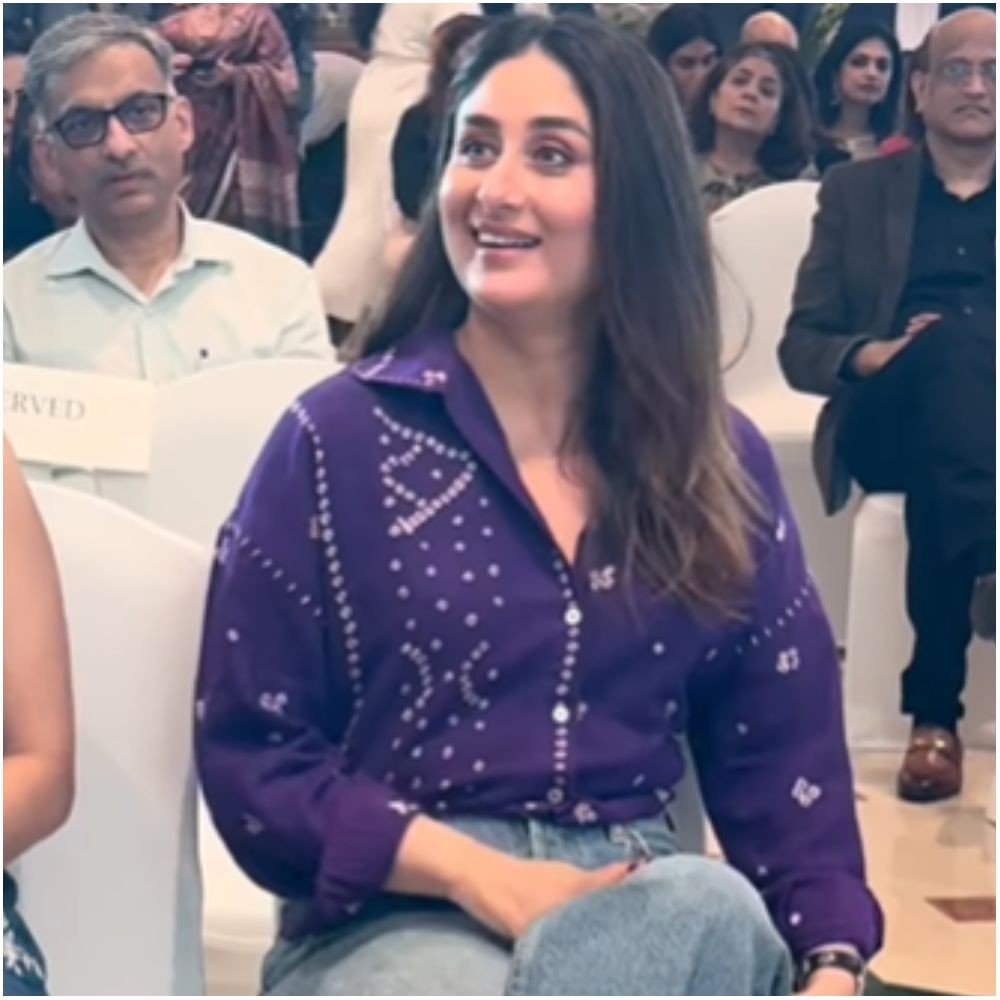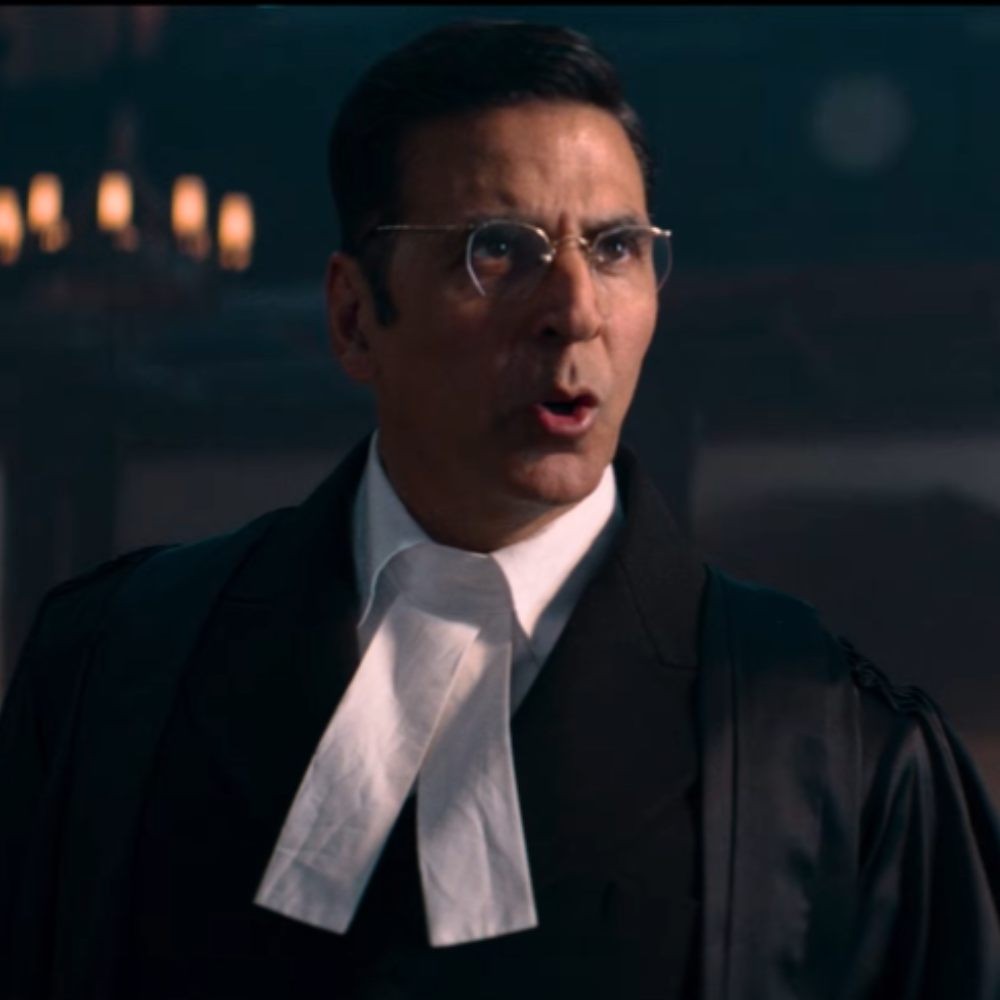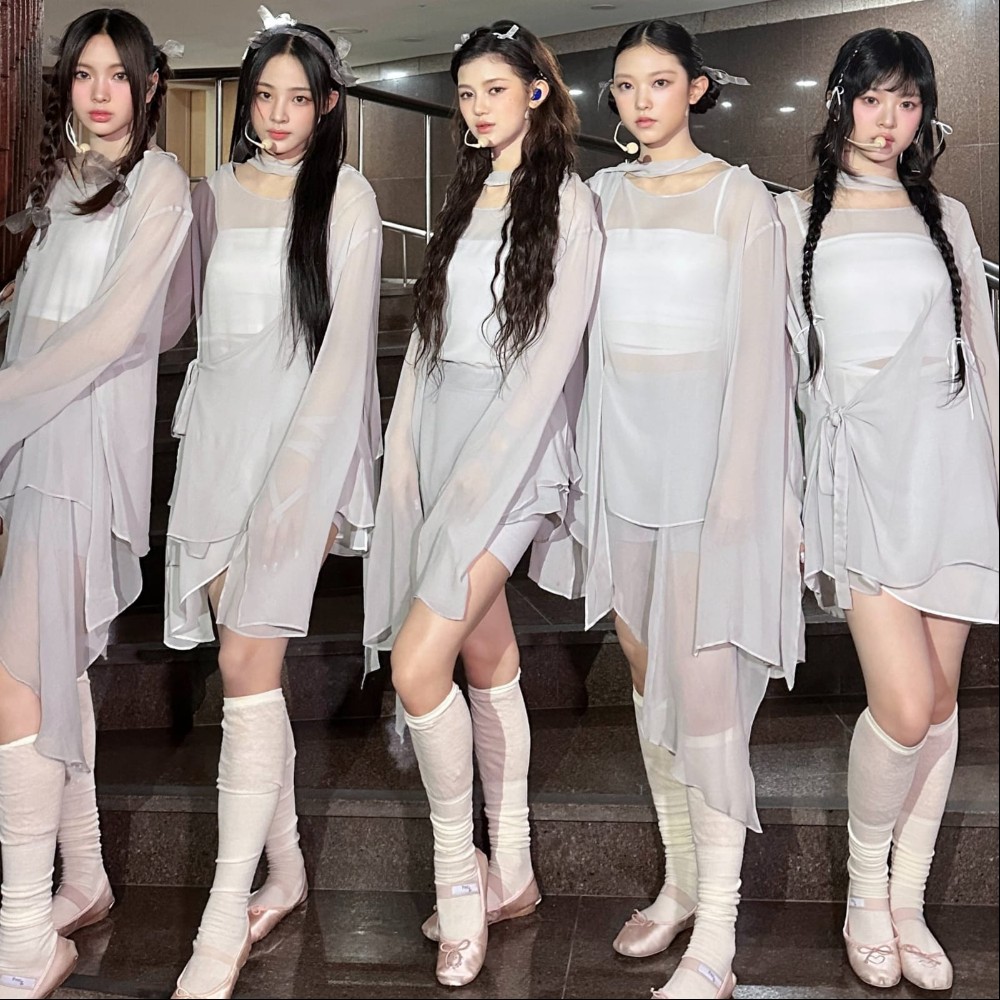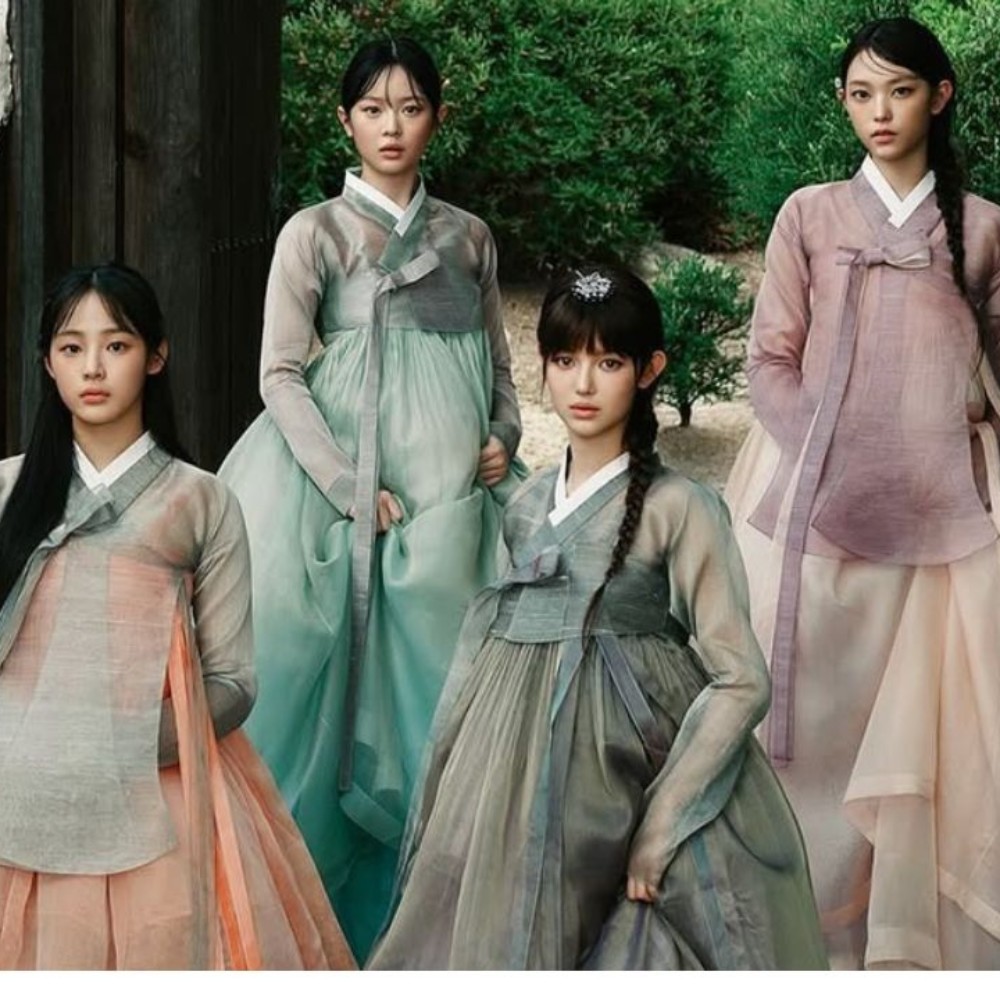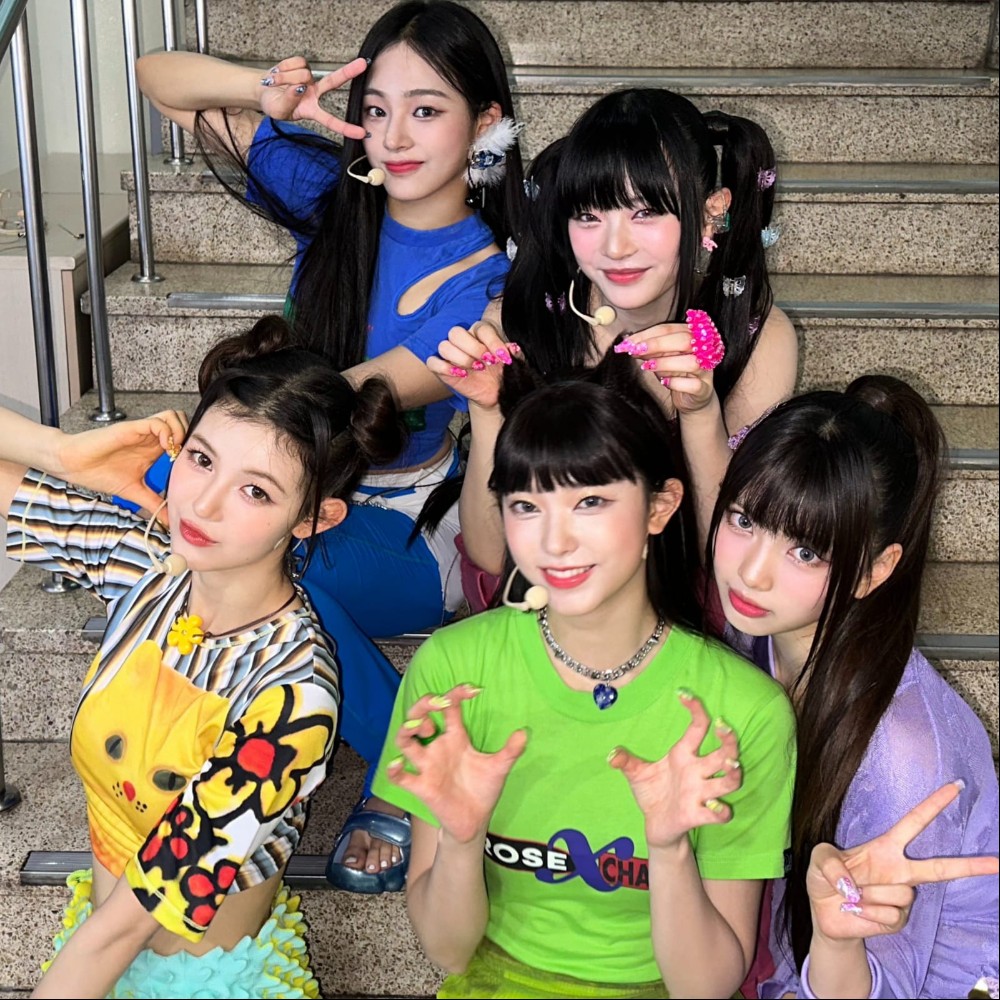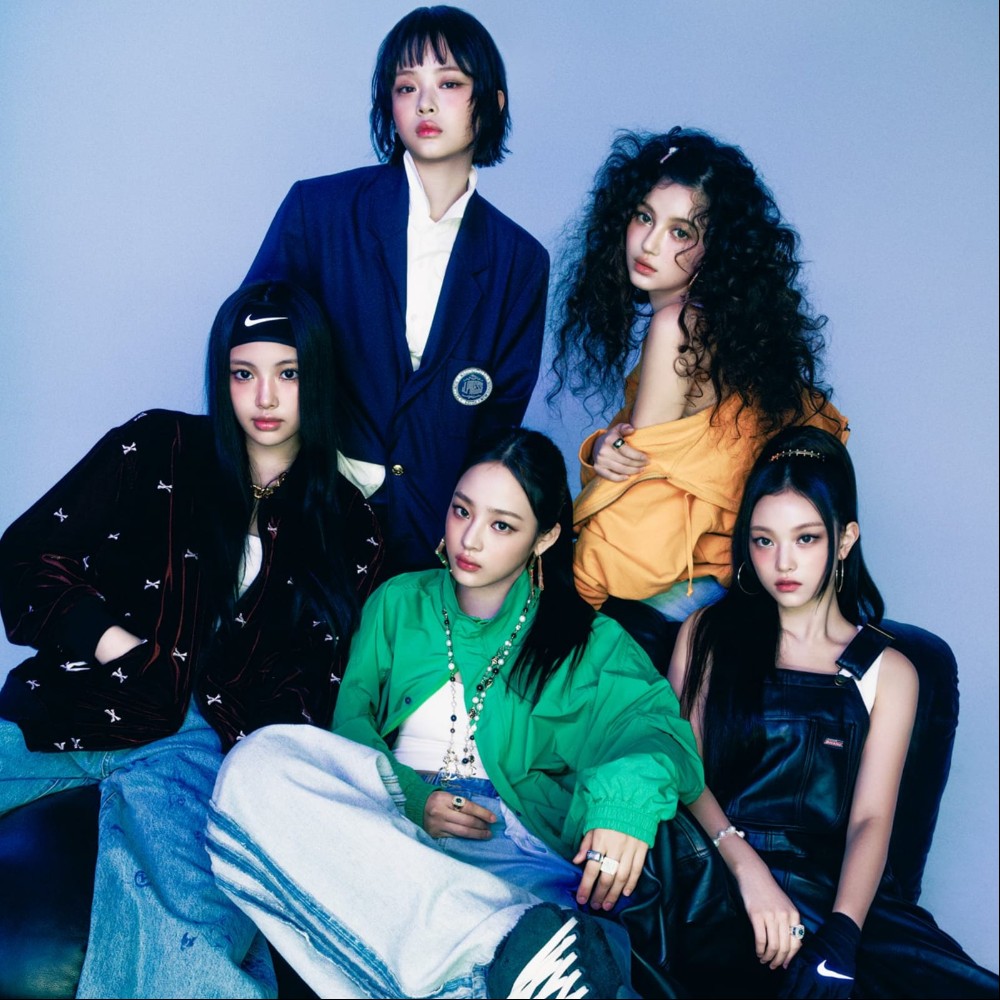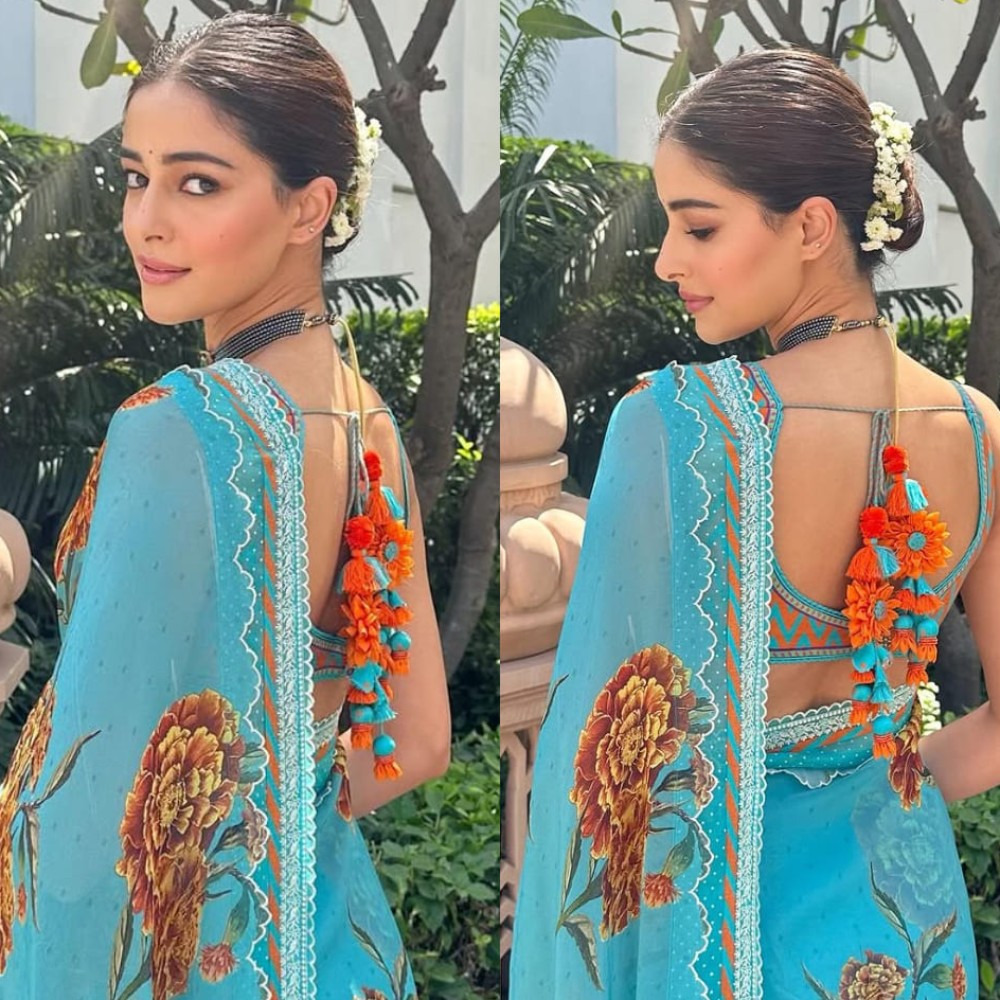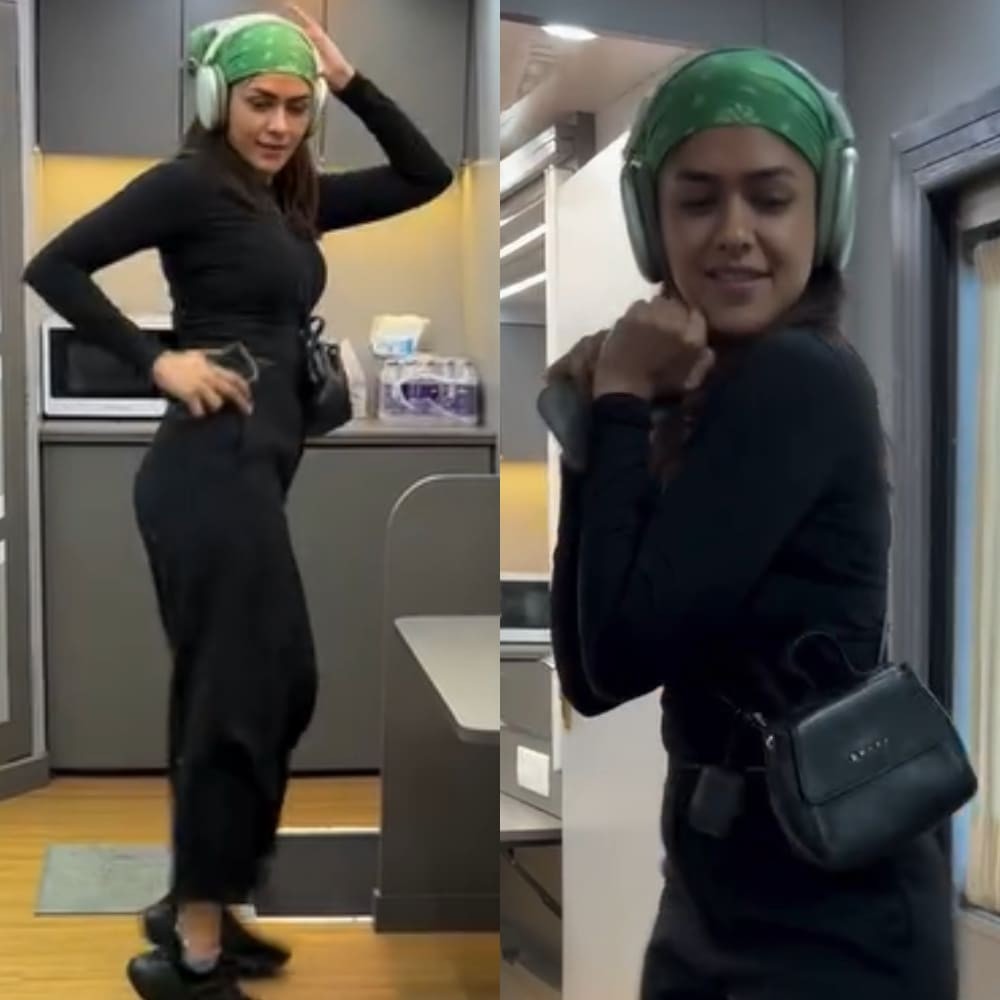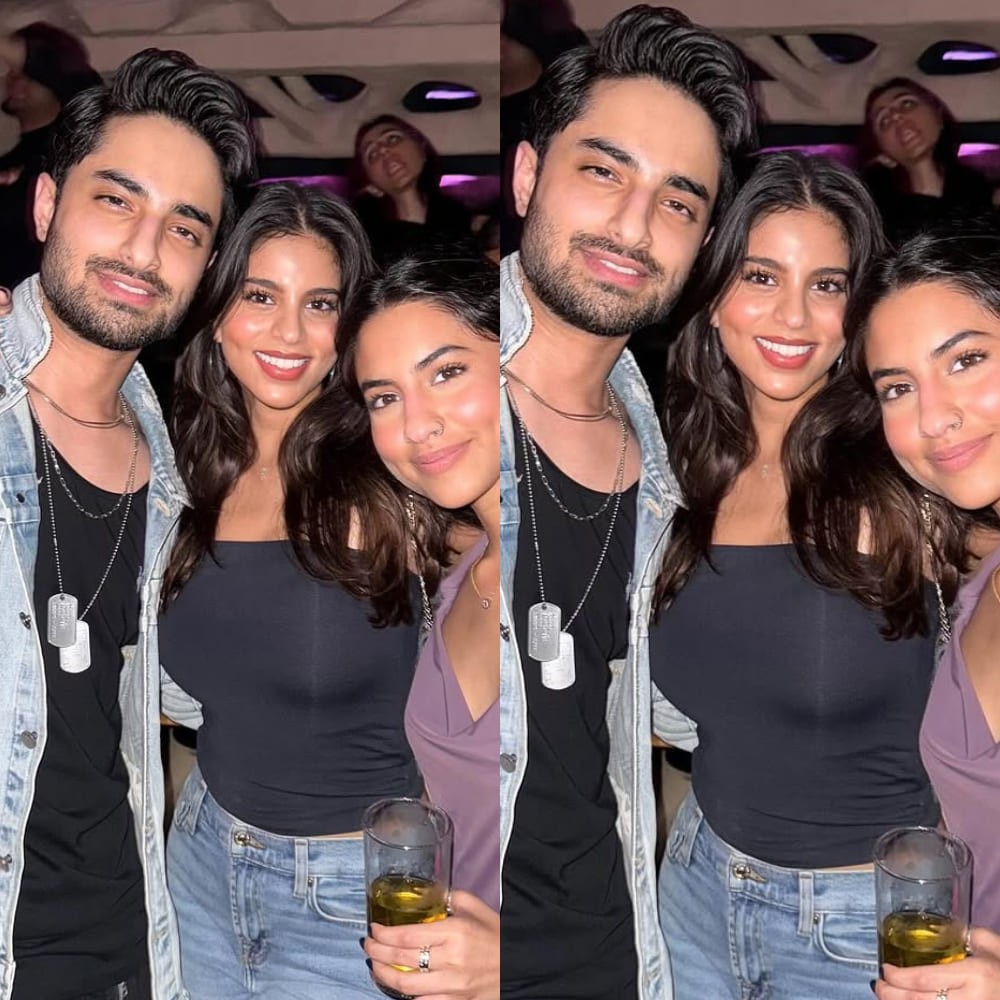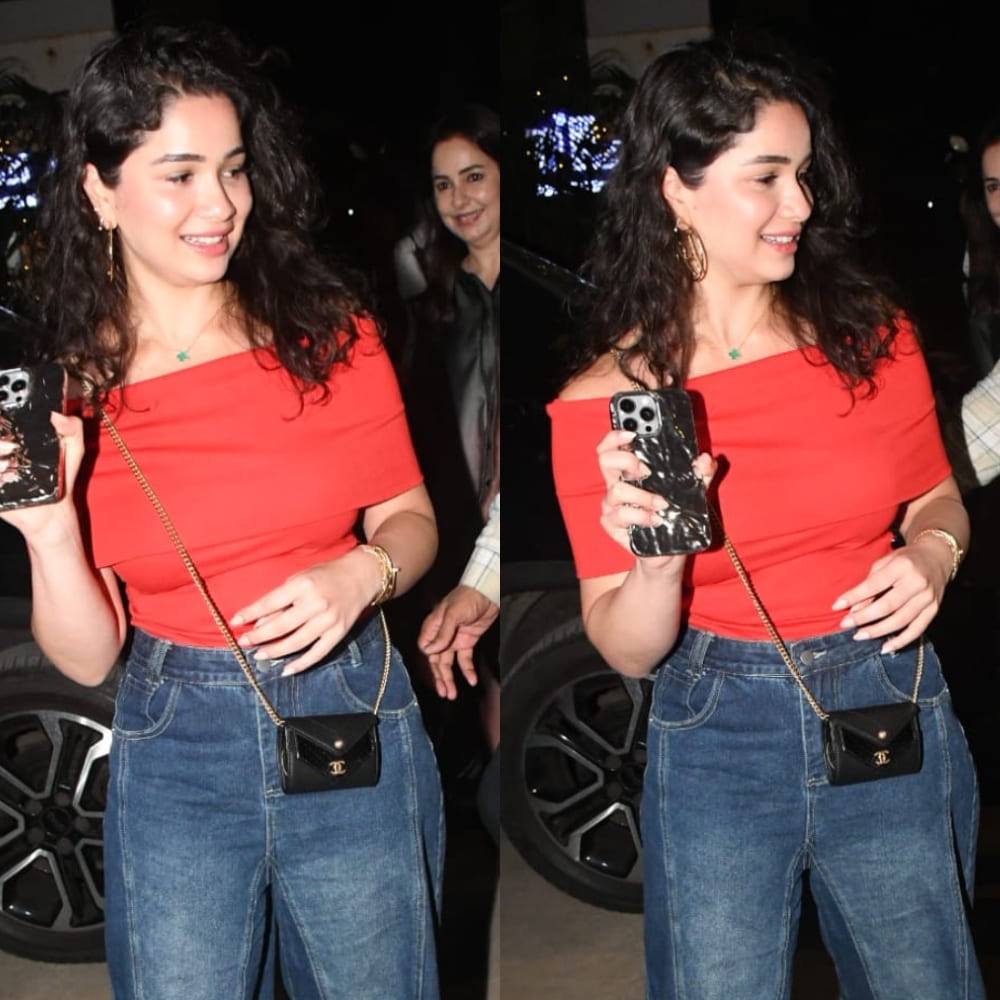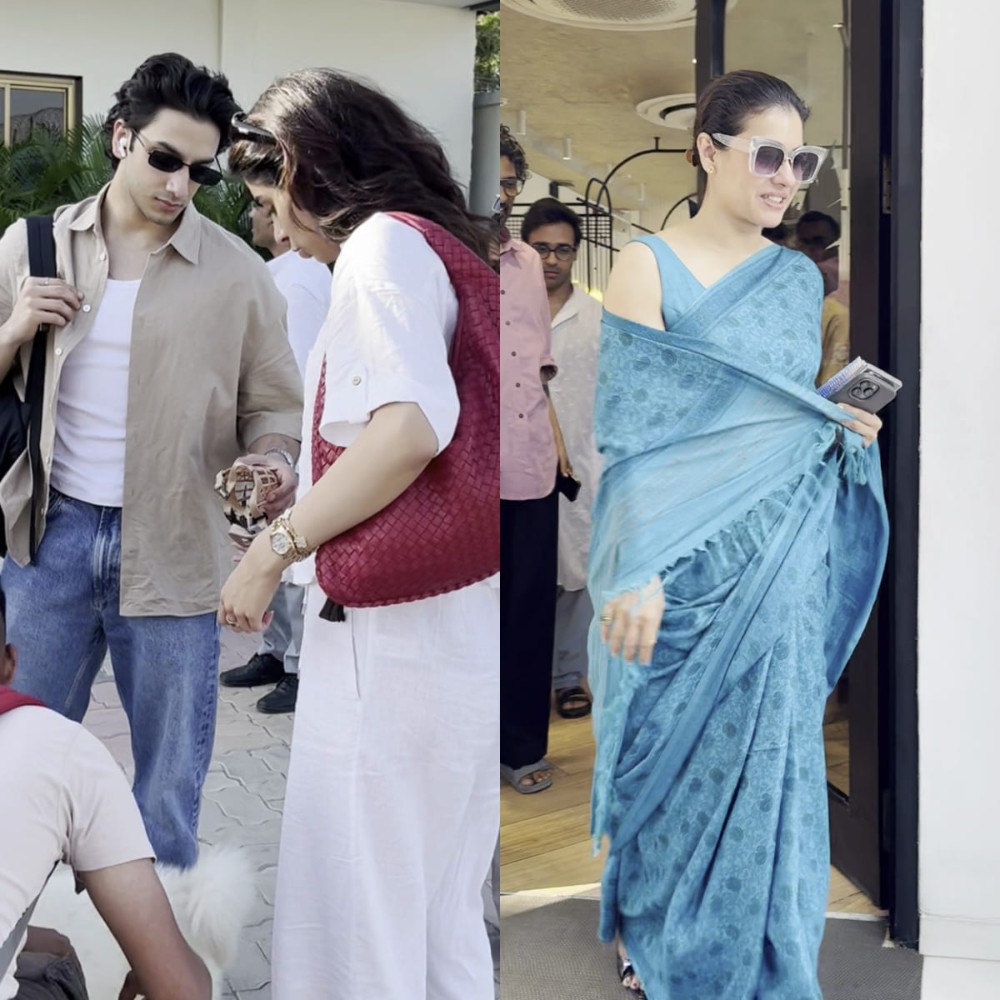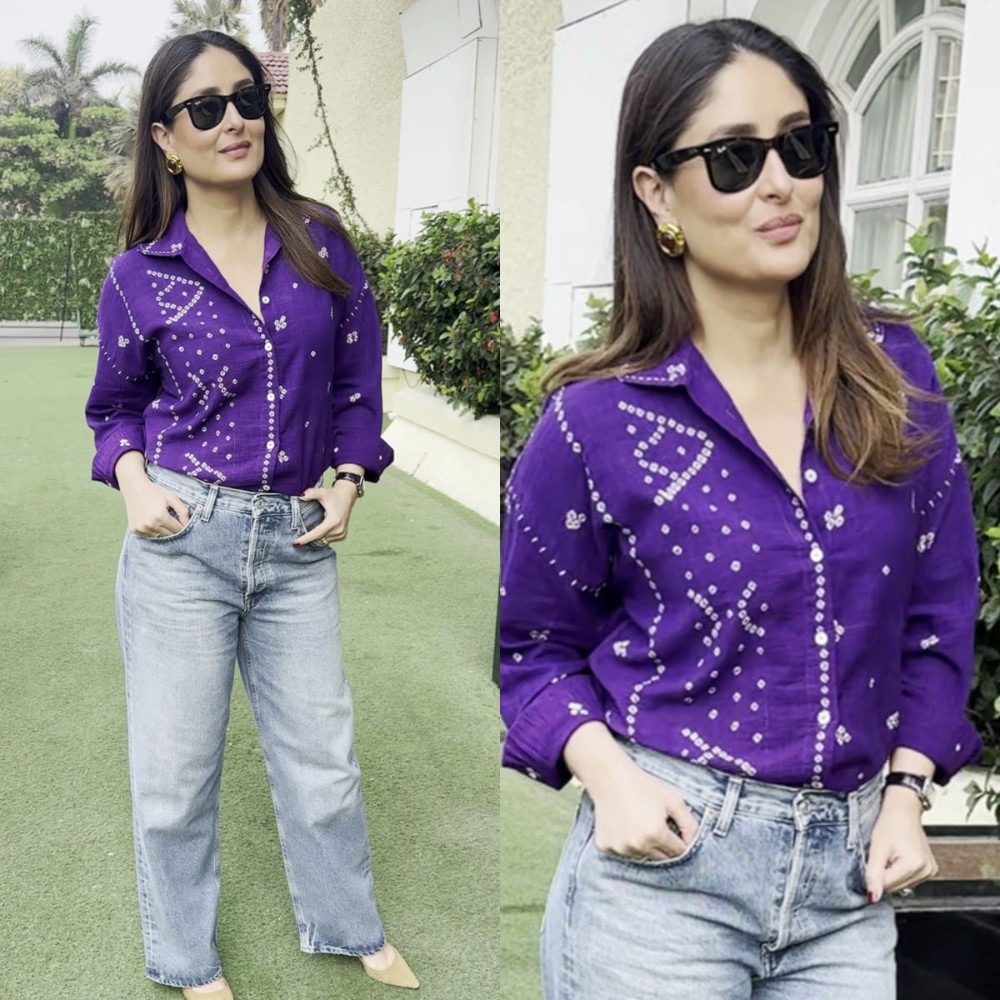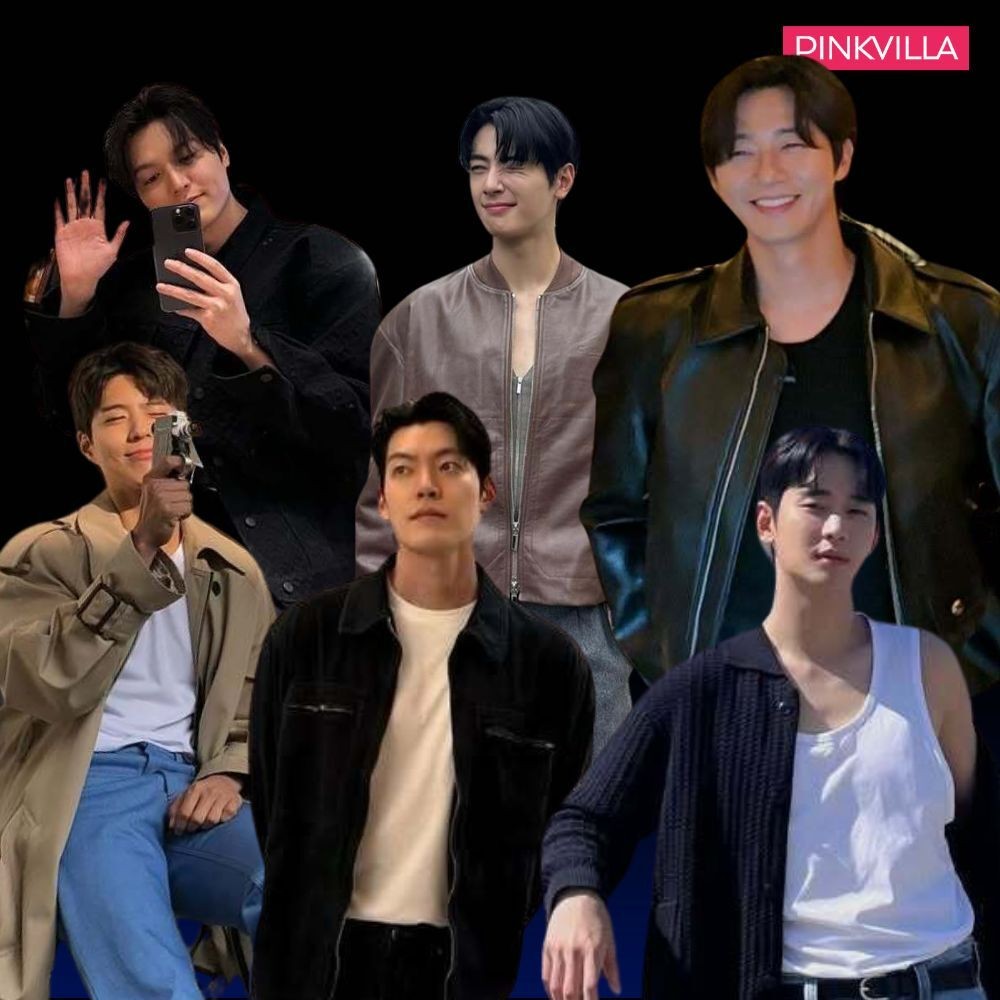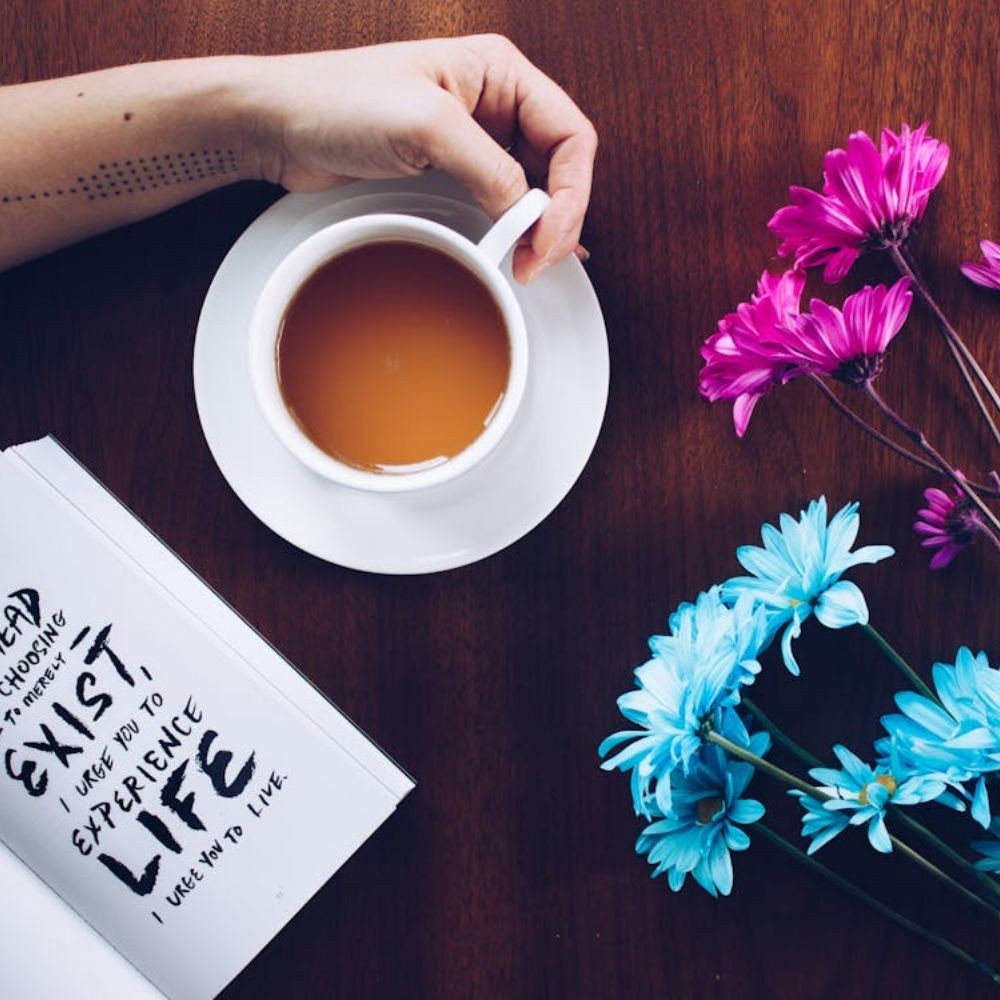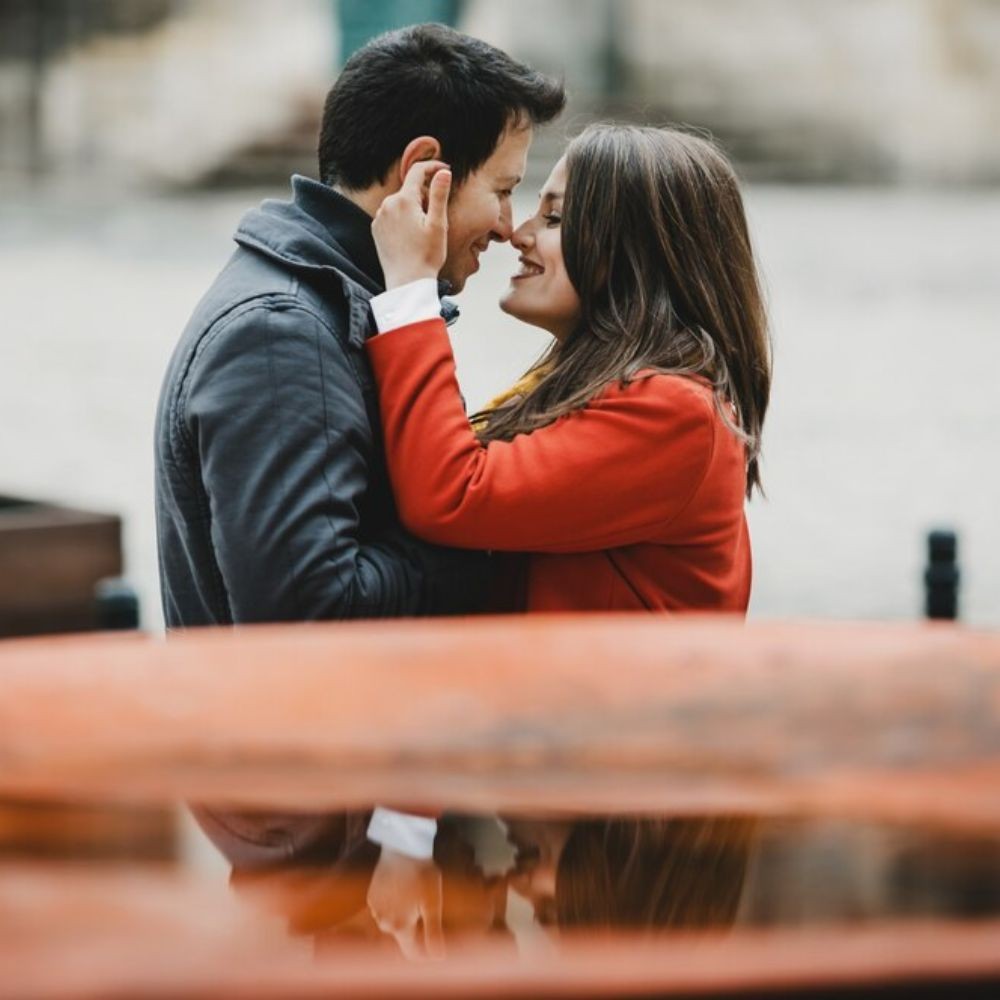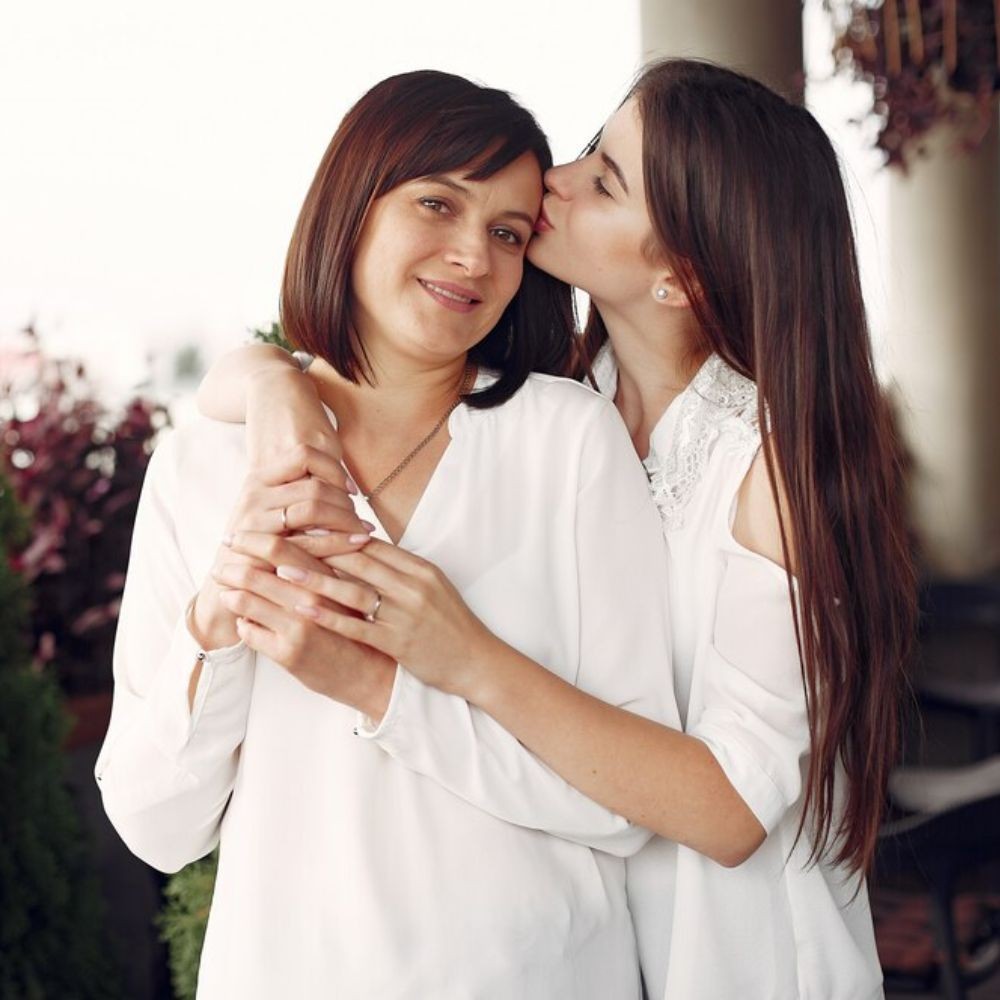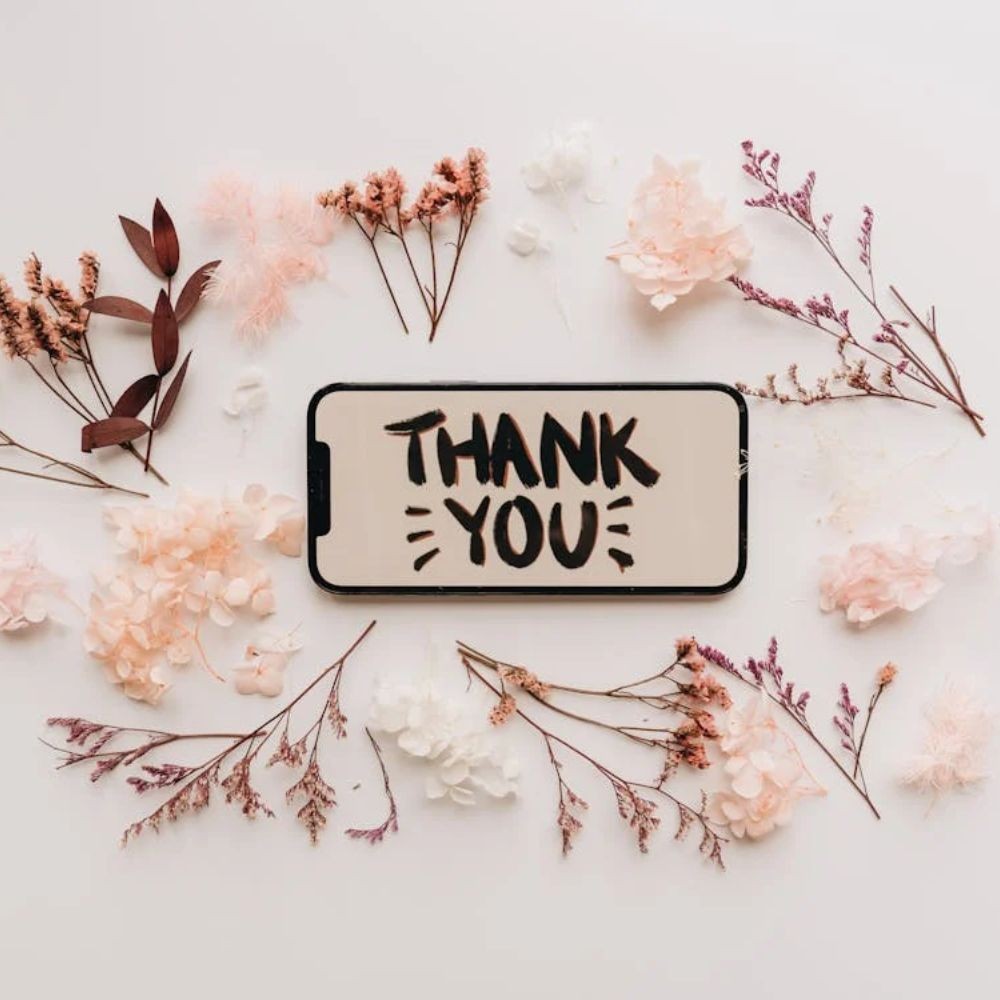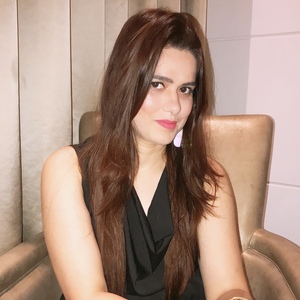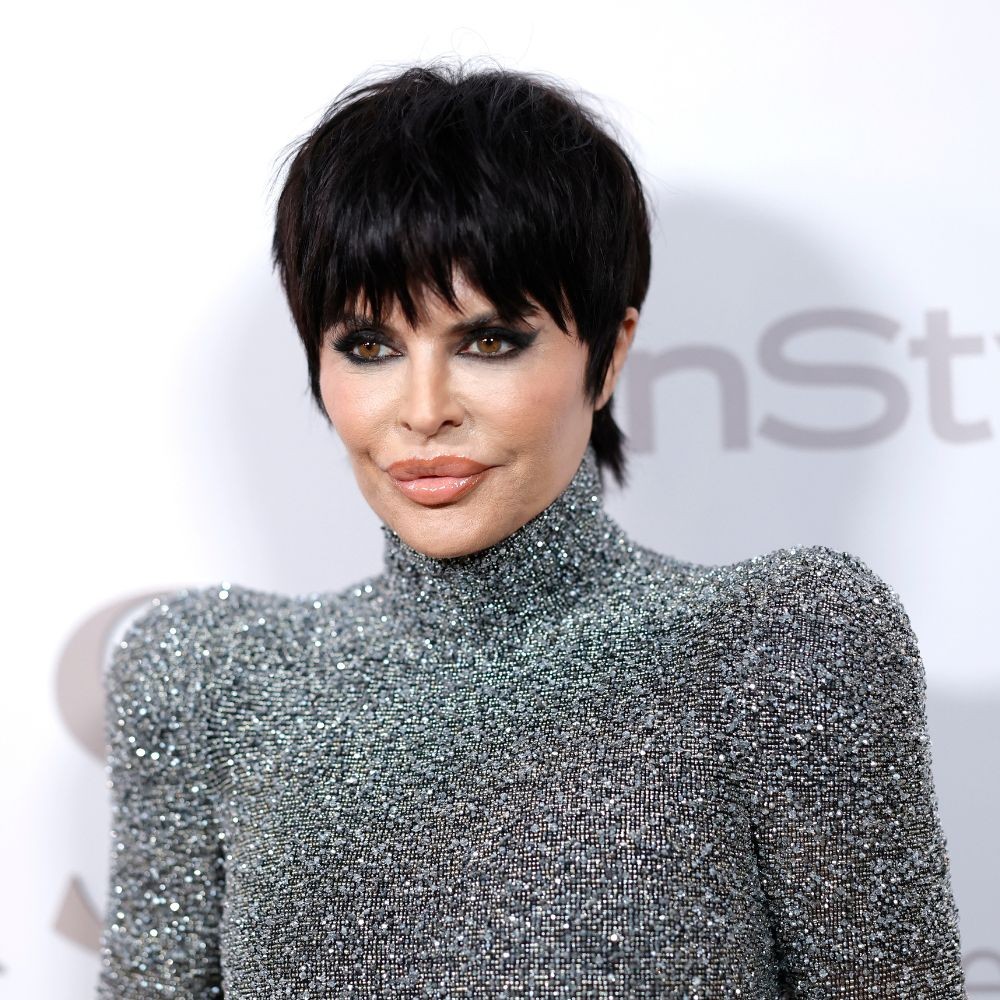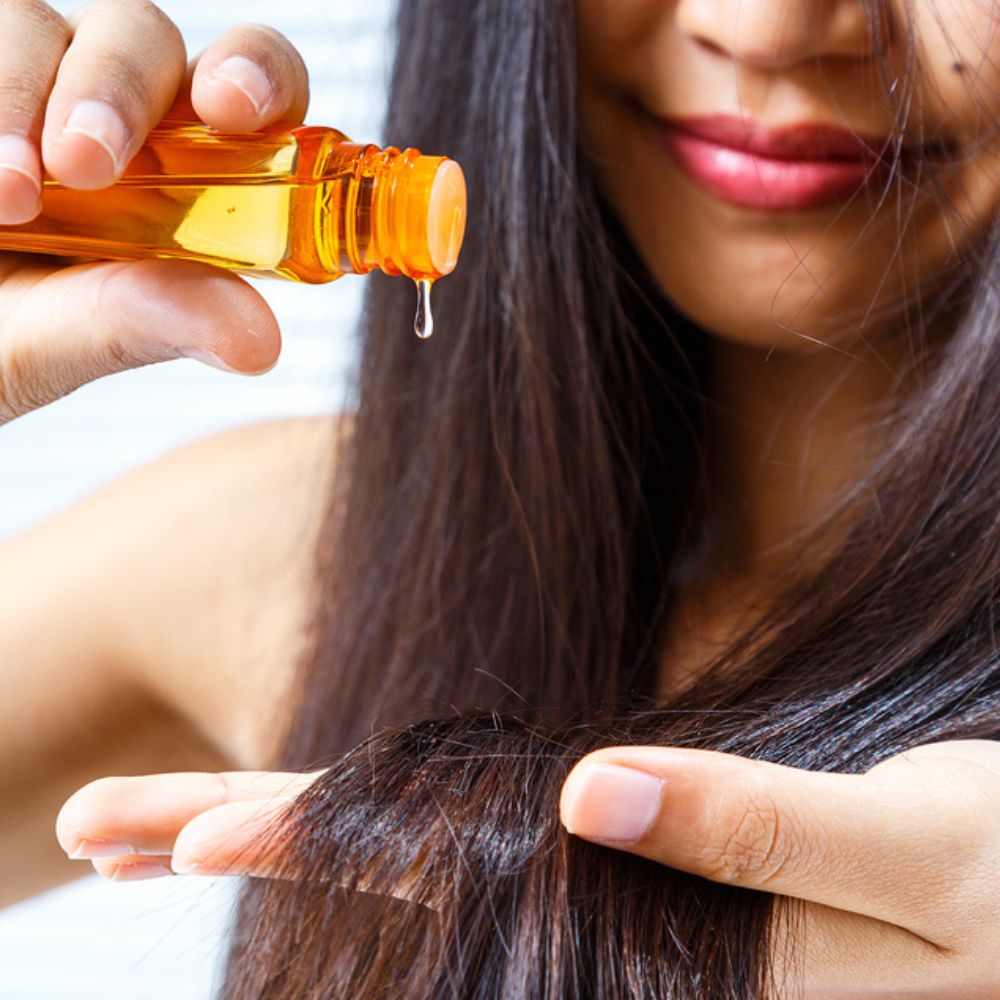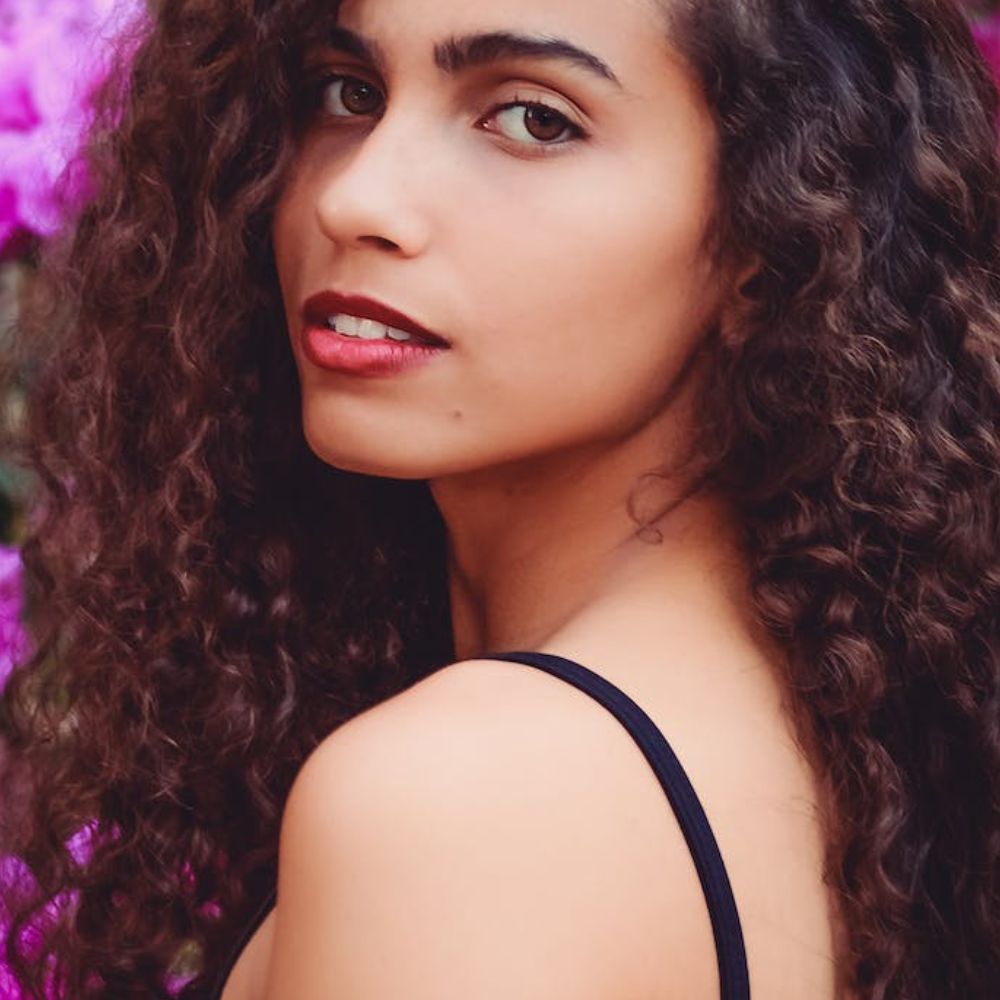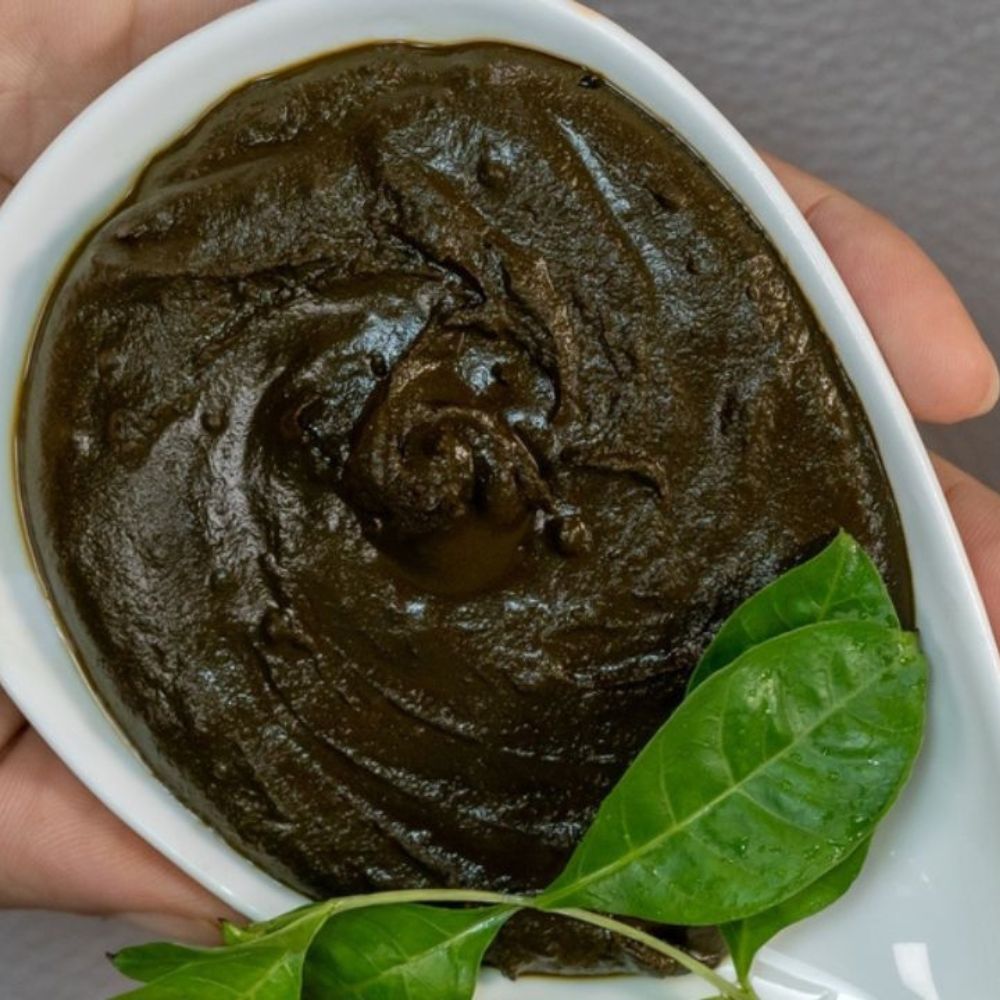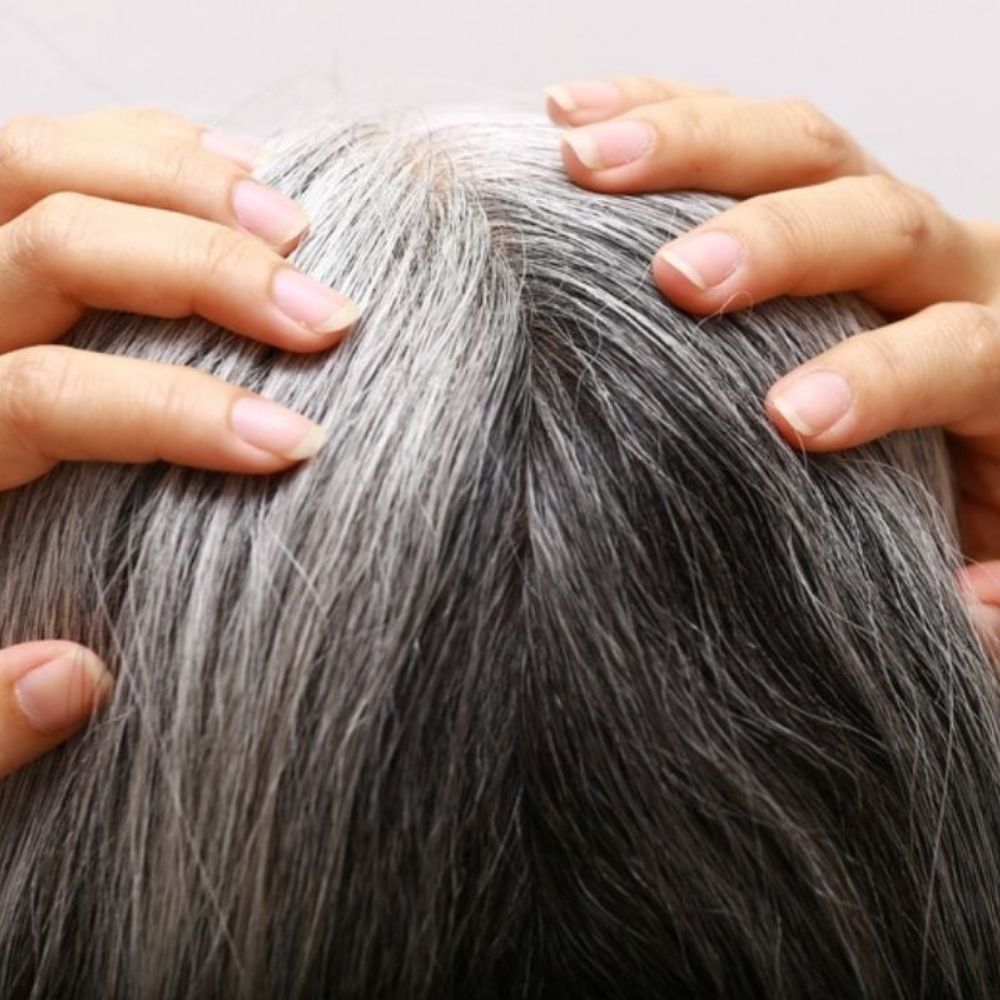How to Remove Brassy Tones from Brown Hair: 8 Tips to Follow
Learn how to remove brassy tones from brown hair so you can flaunt your healthy and happy tresses.
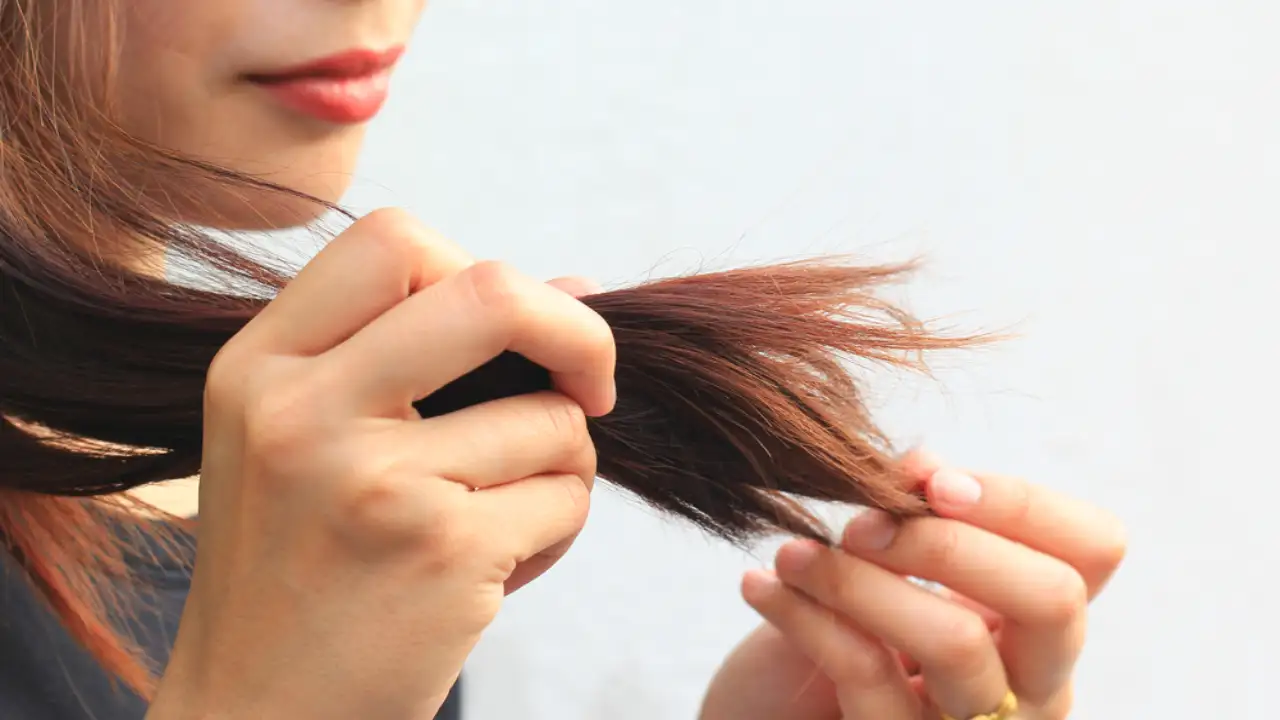
The feeling of getting your hair colored and walking out of the salon confidently with a fresh, new look is amazing. But after some time, if you see brassiness in your locks, it feels terrible, right? Seeing the bold, stunning color of your locks losing their hue after the hair coloring treatment can be infuriating. But how does hair turn brassy, and how to remove brassy tones from brown hair? We have the answers to all these questions in this article. Keep reading to know more!
What Is Brassy Hair And How to Remove Brassy Tones from Brown Hair?
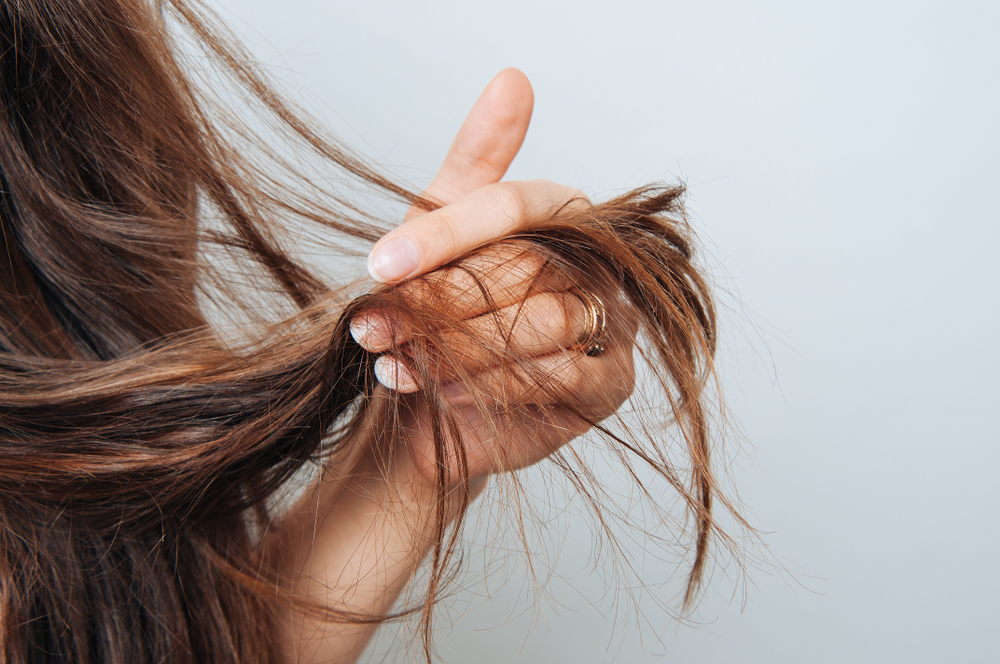
Brassy hair is defined as unwanted warm tones that appear in your hair after hair lightening treatment. Brass shades depend a lot on your natural hair color. For instance, people with blonde hair usually experience yellow or orange hues on their hair. On the other hand, brunette hair might appear red or orange. Brassiness can appear in all hair tones, but it usually occurs in people with darker hair tones.
What Leads to Brassy Hair?

The process of lightening up your hair involves the usage of chemicals including ammonia and peroxide that leads to the oxidation of melanin. Melanin is a natural pigment that gives your hair its natural color. In the process of oxidation, melanin gets diluted and to replace the lost melanin, stylists deposit artificial pigment on your hair strands. As time passes, the natural pigment of your hair starts getting mixed with the artificial pigment, leading to warm undertones (also known as brass hair). Moreover, if your stylist hasn't stripped your hair of the original color, it increases the chances of getting brassy hair over a period of time.
Apart from this, you can get brassiness in your hair due to UV damage caused by sun rays (1).
However, you don’t need to worry too much about brassy hair as there are multiple ways to remove brassy tones from brown hair. Keep reading to know more!
How to Remove Brassy Tones from Brown Hair: 8 Easy Tips to Follow
1. Use Purple Or Blue Shampoo

Both purple and blue shampoos are formulated to treat the problem of brassy hair. People with brown hair can use blue shampoos to prevent brassiness, and purple ones to highlight their brown tresses. Selection of the right formula in shampoo can help you get rid of brassiness and restore shine to your locks.
2. Protect Your Hair from Sun Rays
We all are aware of the importance of SPF in protecting our skin from harmful sun rays. But, did you know you need to keep your hair protected against UV damage as well? Yes! When your hair is exposed to the sun for a prolonged period of time, it can weaken your hair by inducing protein loss and also depigmenting your hair (1)(2). Keep yourself away from sun rays as much as you can, but if you have to be under the sun, ensure to wear a hat or a scarf to shield your tresses from the damage caused by UV rays.
3. Use Products Specifically Formulated for Colored Hair
Many people start shampooing their hair less frequently after getting their hair dyed, lest they lose the hair color. But the problem doesn't lie in cleansing your hair and scalp; it lies in the type of hair care products you use after getting hair coloring treatment done.
Regular shampoos and conditioners cleanse your scalp and provide moisturization to your scalp (3). But they don't give protection to your recently colored hair. Hence, you should use products that are specially made to retain the dyed color in your mane.
4. Refrain from Using Heat Styling Tools
Using heat styling tools to straighten, blow dry, or perm your hair can give you the look you desire, but cause hair damage too. It is advised to keep away from heat styling tools for a while after getting your hair colored as these products may cause hair discomfort, leading to dull, dry, and brassy hair (4) (5).
5. Use Hair Toners
One of the easiest tips on how to remove brassy tones from brown hair is to use a hair toner. You can visit the salon, meet your hairstylist and ask them to apply a toner or gloss to your hair.
Hair toners help balance the undertones and highlight your colored hair. These toners usually last for a few washes, so you can always go back to your salon for their reapplication.
6. Do Not Wash Your Hair Too Often
Washing your hair too often can make your hair color fade quickly. Shampoo your hair once or twice a week to avoid fading of color and prevent brassiness. Moreover, avoid hot showers as they might make your tresses dry, and brittle, and fade the hair color too. Consider taking showers with cool or lukewarm water to keep your highlighted color intact.
7. Be in Touch with Your Stylist
What if you experience any problems after getting your hair colored? Although the process is safe, you should make regular appointments with your colorist to keep your hair shiny and healthy. In a majority of cases, brassiness occurs when the toner isn't applied or your hair is demanding a touch-up. So, removing brassy tones from hair would be easier if you are in regular contact with your stylist.
8. Consider Getting a Shower Filter
Hard water can cause damage to your hair shaft, leading to hair breakage (6). Apart from that, minerals present in hard water can cause build-up in your hair and lead to brassiness. Get a shower filter so that you can shower with soft water and keep your hair soft and shiny.
Now that we have learned all about how to remove brassy tones from brown hair, let's now discover the ways to tone brassy brown hair with the use of DIY remedies.
How to Tone Brassy Brown Hair Naturally?
1. Apple Cider Vinegar Rinse

Ingredients:
- 1 cup of apple cider vinegar
- 1 cup of RO water
- 2 drops of essential oil(optional)
Method
Mix all the ingredients together and use them to rinse your hair after shampooing. Let it stay on your hair and scalp for about 15 minutes. Wash it off with cool water.
Benefits
Apple cider vinegar expels the residue from your hair, leaving you with stronger and healthier hair (7). ACV is acidic in nature which might also help balance the pH levels of the scalp, thereby preventing brassiness.
The pH of hair is between 4 to 5.5, but when hair comes in contact with bleaching or coloring agents — it is likely that hair is exposed to an alkaline substance to change the hair's cuticle, after which, it is neutralized using an acidic agent. This may disrupt the natural pH of hair. Chemical hair processes including bleaching can also lead to hair shaft damage, for which you can use acidic hair care products to close the hair cuticle and protect hair color.
2. Use Lemon Juice And Chamomile Tea as a Toner
Ingredients:
- 2.5 cups of filtered water
- A medium-sized lemon
- 2 chamomile tea bags
Method
Bring water to a boil and add tea bags to it. Allow it to steep for a few seconds. Strain and add half a teaspoon of lemon juice in it. Use it as a post-shampoo rinse. Leave it on your hair for about 15 to 20 minutes, then wash thoroughly with cool water.
Benefits
Chamomile tea is used in a lot of hair care practices and may be beneficial in keeping your hair healthy (8)(9). Lemon juice is a rich source of citric acid, a natural bleaching agent (10)(11). You can use this to bleach your hair and retain the hair color.
Conclusion
Brassy hair can ruin anyone's mood. While brassy hair is a common phenomenon after getting hair bleached, as long as are aware of how to remove brassy tones from brown hair, you should be fine. Keep in touch with your hairstylist and talk to them if you face any problems. Wash your hair using a purple shampoo, use a toner, and keep your locks protected against UV rays to keep brassiness away from your hair.
Sources:
1. Hair color changes and protein damage caused by ultraviolet radiation
https://pubmed.ncbi.nlm.nih.gov/15157906/
2. UV damage of the hair
https://pubmed.ncbi.nlm.nih.gov/19138021/
3. Shampoo and Conditioners: What a Dermatologist Should Know?
https://www.ncbi.nlm.nih.gov/pmc/articles/PMC4458934/
4. Hair Styling Procedures and Hair Morphology: A Clinico-Microscopic Comparison Study
https://www.ncbi.nlm.nih.gov/pmc/articles/PMC7413455/
5. Thermal degradation of hair. I. Effect of curling irons
6. To Evaluate and Compare Changes in Baseline Strength of Hairs after Treating them with Deionized Water and Hard Water and its Role in Hair Breakage
https://www.ncbi.nlm.nih.gov/pmc/articles/PMC6028999
7. Preparation and Optimization of Garlic Oil/Apple Cider Vinegar Nanoemulsion Loaded with Minoxidil to Treat Alopecia
https://www.ncbi.nlm.nih.gov/pmc/articles/PMC8706394/
8. Chamomile: A herbal medicine of the past with bright future
https://www.ncbi.nlm.nih.gov/pmc/articles/PMC2995283/
9. Evaluation of hair growth properties of Topical Kombucha tea extracts
10. Quantitative Assessment of Citric Acid in Lemon Juice, Lime Juice, and Commercially-Available Fruit Juice Products
https://www.ncbi.nlm.nih.gov/pmc/articles/PMC2637791/
11. Whiteness improvement of citric acid crosslinked cotton fabrics: H2O2 bleaching under alkaline condition





 JOIN OUR WHATSAPP CHANNEL
JOIN OUR WHATSAPP CHANNEL
